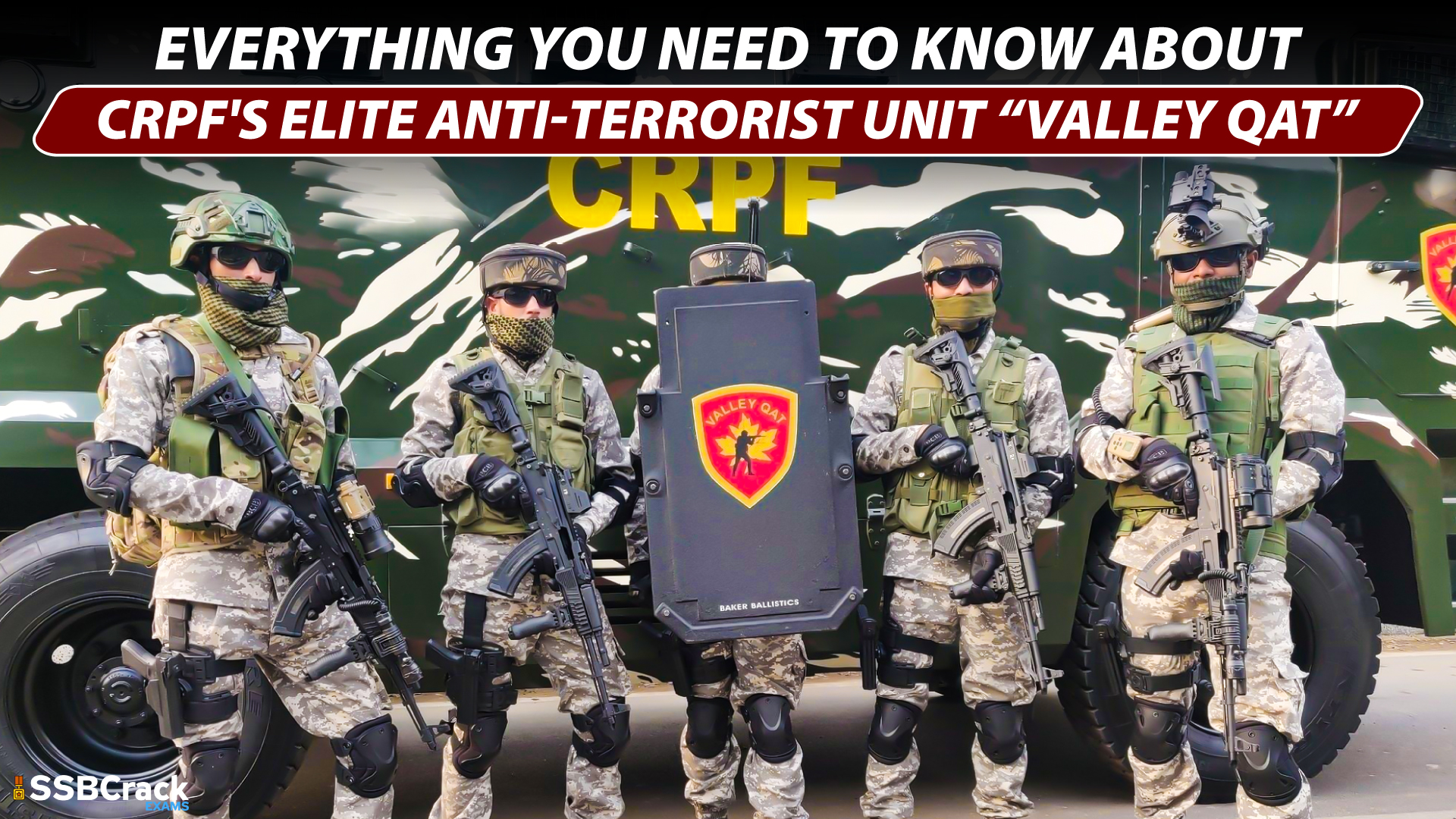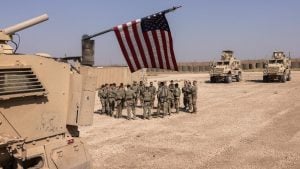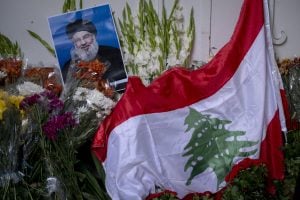Jai Hind future warriors, today we are going to talk about CRPF’s Elite Anti-Terrorist Unit ‘Valley QAT’
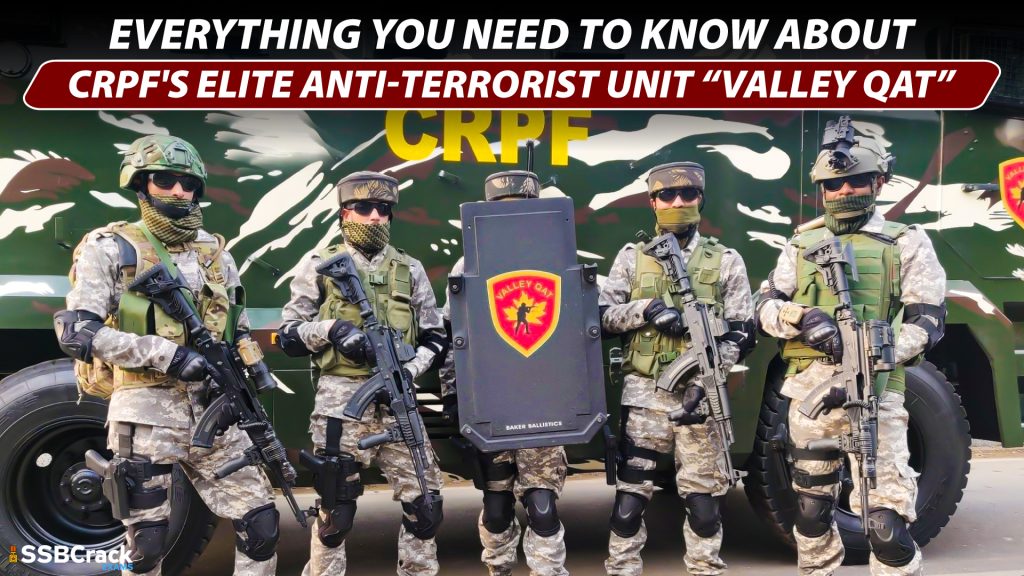
We will cover the topic in the following way:
- Introduction
- Role of QAT
- Achievements
- Weapons of QAT
- How to Join the CRPF QAT
- Training of a QAT Commando
Just like CoBRA commandos are trained for assault/combat in naxal areas and RAF for riot like situation the QAT is trained for combat in Kashmir Valley. CRPF Quick Action Team(QAT ) was created to operate effectively on specific intel and take required action during contingency situation to support entire security setup during CI/ CT ops.
Role of QAT
- CRPF QAT is better trained and equipped as compared to regular CRPF battalion. They are specifically trained for this purpose. They have very high success rate in the valley.
- The QAT team is trained in operations in urban areas and has expertise in managing crowded places and emergency situations in high-rise buildings.
- They are also deployed in event of a terror or fidayeen attack on any of installations being secured by CRPF.
- They are also trained in all aspects of counter-terrorism including handling hostage situations and in case of explosions of Improvised Explosive Devices(IEDs) .
- The QAT team is not involved much in daily patrolling. But is ready for action throughout the day that is as soon as they get the message for movement on the wireless, within blink of an eye they are on the move for the operation.
- They have proved themselves in action in Kashmir Sector and thus has inspired the government to create a similar QAT for protection of NCR Delhi.
- Their achievements of 2021 can be read at the official website linked here: Acheivement of CRPF
- Officers who have made CRPF proud:
- Shri Rahul Mathur who was awarded the Kirti Chakra
- Shri Naresh Kumar who is the recipient of Police Medal for Gallantry (PMG) 7 times
- Shri Loukrakpam Ibomcha Singh who is a 4-time gallantry medal awardee.
- Valley QAT was awarded 15 gallantry medals on Independence Day, 2020
Weapons of QAT
- The QAT team is equipped with MP-5 submachine guns, sniper rifles, light machine guns, AK-47s, under-barrel grenade launchers, night vision. other than that their arsenal also includes
- Arsenal AR – F (Bulgarian AK)
- Steyr SSG 69 Sniper Rifle
- Carl Gustav RCL
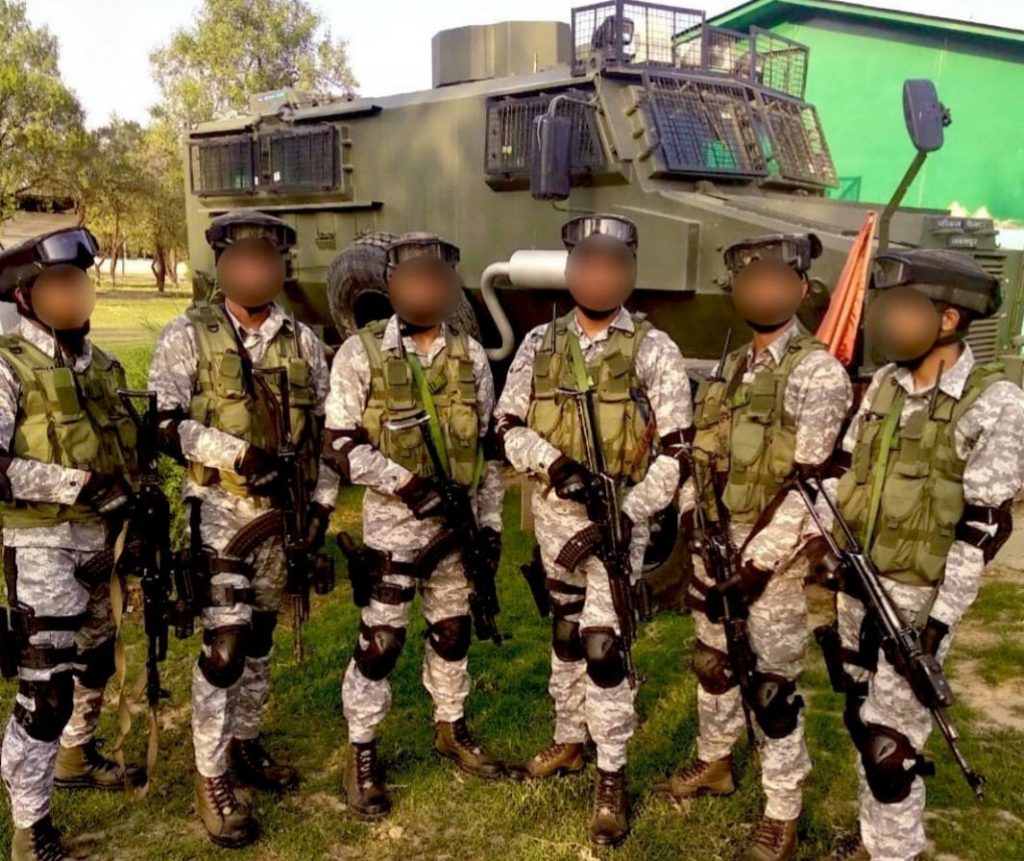
- QAT units operate with Renault Sherpa light armoured vehicle deployed for counter insurgency ops in Kashmir.
How to Join the CRPF QAT
Eligibility:-
- GOs, SOs must be below 35 years of age.
- HCs must be below 40 years of age.
- CTs must be below 30 years of age.
- Trainee should be SHAPE-I.
Note: These are medical categories, each alphabet denoting a medical area ( S-Psychiatric, H- Hearing , A- Appendages, P-Physical and E for Eyesight).Based on overall medical condition, a soldier is employed or his employability restricted for certain areas. SHAPE -1 is medically fit to serve in all places.
- Joining QAT is Voluntary: Most fit jawans and officers from different battalion can opt for joining QAT.
- QAT doesn’t have a separate battalion. Only young officers and jawans (below 35 years) can be member of this special unit.
Also Read: UPSC CAPF Syllabus – Assistant Commandant Written Exam Syllabus
CRPF QAT Training
Volunteering officers and soldiers undergo 7 week training at CIAT shivpuri to specialise in CI/ CT ops with specific training in marksmanship, room intervention etc. They are also trained:
- To have endurance for long range & multi days ops with full scale.
- To analyze terrain by using survey of India map.
- To navigate in day & night at any unfamiliar terrain using navigational gadgets.
- To Plan an operation using SOI maps & GIS.
- To effectively shoot (Shoot to kill) in combat situation.
- To Detect and counter IED in LWE infested area.
- To develop and sharpen tactical Skill to operate evasively.
- To operate/conduct various tactical operations effectively.
- To fire area weapons in critical situation (introductory fire).
- To explain various knowledge based subject (know your enemy & yourself) related to LWE.
- To operate 7 days self sustain exercise in jungle area in combat zone.
- To develop team spirit among team personnel.
Conclusion
Hope this post was informative for you. For more such posts related to defence exams and SSB Interview stay tuned.
UPSC CAPF AC Exam Coaching Study Material
- UPSC CAPF AC Exam 2022 Online Course [Full] by SSBCrackExams
- UPSC CAPF AC Exam 2022 Mock Test Series
